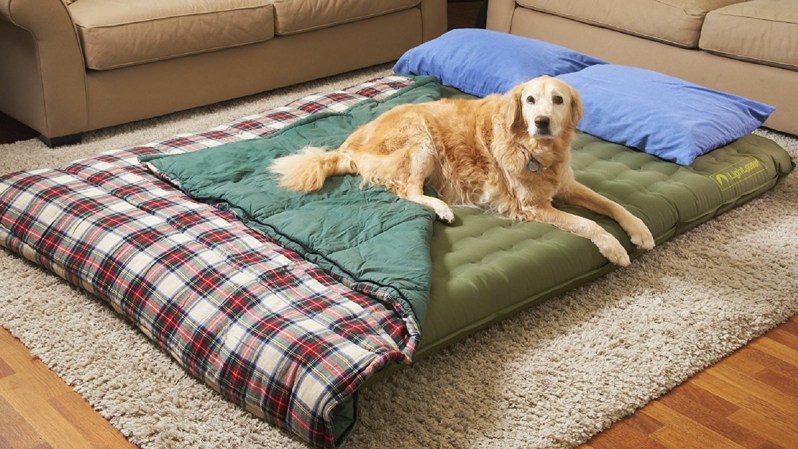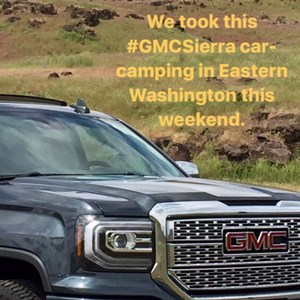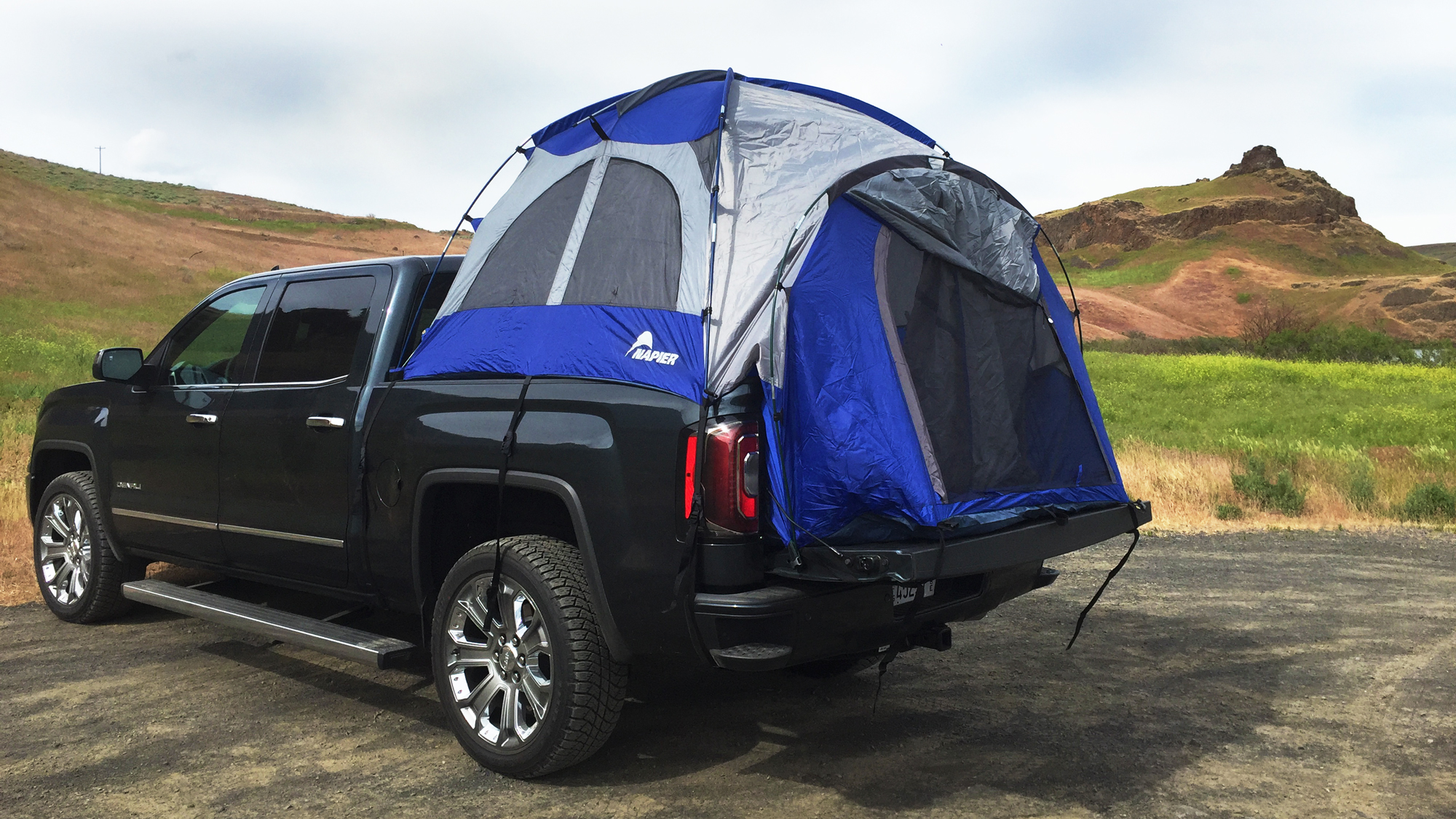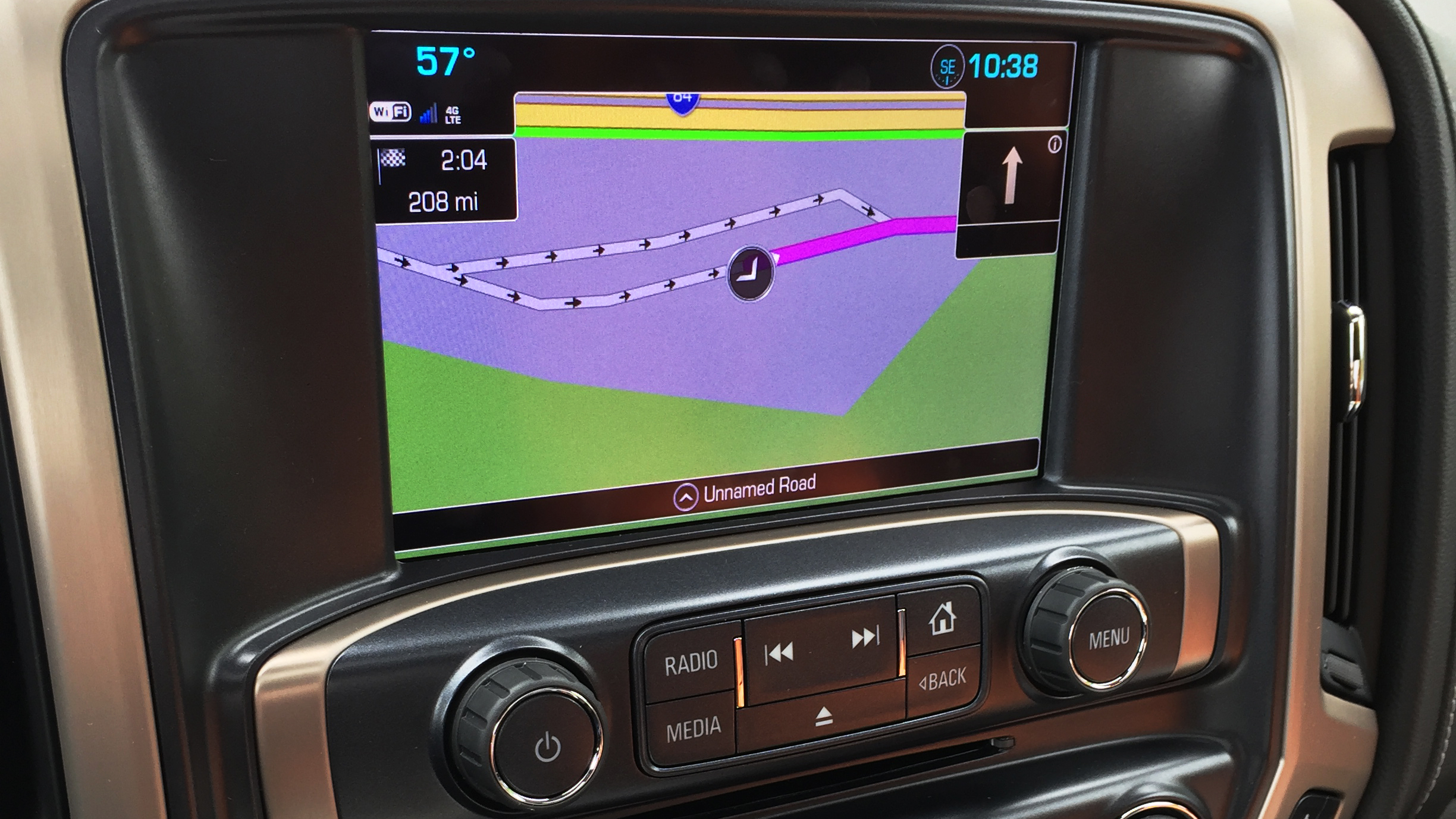When the first rays of sunshine began fighting their way through the typically leaden-gray days of a Portland, Oregon spring, I, like many residents of the Pacific Northwest (and America in general) felt an immediate urge to get the out of the city and back into nature. After three seasons of being cooped up in apartments and offices and being forced to endure blizzards and all-around bad weather, it was imperative that I soak up as much sunshine as I could, see a waterfall, and sleep with nothing separating me from wilderness but a thin tent wall.
But, not wanting to go on a semi-strenuous weekend-long hike or a short backpacking excursion (I still had my winter legs, after all), car camping seemed the appropriate way to commune with nature while not depriving myself of the comforts of an air mattress. So, it didn’t take too much contemplation for me to accept an offer from GMC to take their 2017 Sierra Denali on the road for a weekend of not “car camping,” but big-ass, super-convenient, intimidating-to-other-vehicles truck
To make things easier, along with the aforementioned 2017 Sierra Denali Crew Cab (which sported a 6.2L V-8 VVT engine with 420 horsepower, 4WD, and sat on 22-inch wheels), GMC was kind enough to include an ingenious camping accessory that anyone with a pick-up truck should look into investing in–a truck-bed tent (search part#19329816). This tent took two people less than five minutes to assemble and it had no trouble standing up to the powerful winds we experienced that night in Washington’s high desert. And, while the cab of the Sierra was large enough for two people to sleep in if the weather turns against you, the tent was large enough for a queen-sized air mattress (conveniently inflated with the auxiliary power outlets in the truck’s cab), two people, and a couple of backpacks.
So, armed with a massive truck that imbued me with a sense of power over the road and, if I so chose, any of the dune colored, grass-covered hills that rolled out before me, I directed the Sierra east, beyond the Columbia River Gorge, and down I-84, toward Palouse Falls State Park in far-eastern Washington, just a few miles north of the border with Oregon.
Easily overtaking Oregon’s notoriously slow drivers, the truck rode with surprising responsiveness for such a large vehicle, allowing me to switch lanes with a single finger, while the majestically massive (but somehow not distracting) 8-inch touch screen’s navigation system kept me on course. Over the four hour drive east, the Sierra averaged 21 miles the gallon on the interstate, which isn’t bad considering you’re driving a beast that could haul an entire tiny home to a campground if you wanted.
When we made the turn from the highway onto the connecting road that leads into Washington’s Palouse Falls State Park, pavement gave way to gravel and then, not much further on, a rutted, pot-holed, nearly dirt road lay before us. The truck eased around the smaller potholes and tackled those that were too big to be avoided with aplomb. A testament to the Sierra’s Magnetic Ride Control suspension was the fact that a six-pack of bottled beer remained completely unharmed even though it had been carelessly tossed into a sack with a bottle of wine and left unsecured in the back of the cab.
After parking the truck in the State Park’s lot and trekking our way to the edge of precipitous cliffs, we were greeted with the enormous roar of the falls along with a stunning view of huge cascades of spring meltwater rushing over a nearly 200 foot drop into the green-walled canyon below. (Fun Fact: Tyler Bradt unofficially broke the world record for highest kayak waterfall descent after her plunged over the falls in 2009.) With only a few more hours left of daylight, we spent another hour at the falls, soaking up the peaceful feeling of being in proximity to the roaring power of nature (and posting a few photos to Instagram of course), and then made our way to our campsite about twenty miles south near the Snake River (of Oregon Trail fame).

We unloaded our large cooler, camp chairs, food bag, and bundle of firewood (all kept in the bed of the truck and secured using the multiple tie-down points), made a fire, pitched the tent in the bed of the truck and started dinner on our two-burner Primus Onja stove, which easily heated my cast iron grill in only a few minutes, for which we were grateful. In only a few more minutes, we had a dinner of steak and pan fried onions. Though simple, this is a hearty, satisfying meal that any truck camper can and should prepare.
After the sun had set and we had tossed back a few whiskies and beer, it was time to hit the hay. As a shorter guy, I was worried that jumping into the Sierra’s truck bed would be a difficult or belabored process (especially since I was a few whiskies deep), but thanks to the trucks built in bumper step and hand-hold, I pulled my drunken self up into the tent with ease. It was only once I lay down in the ten, the window/vents unzipped, allowing a cool breeze to waft through, that I realized that being up off the ground in the bed of a truck has its advantages. If a heavy rain happened to fall, we’d have been kept off the ground and above any water that might have tried to pool its way under us, not to mention being a few feet off the ground wards off the little critters that always try to sneak into your campsite to pilfer leftover crumbs (I’m looking at your marmots).

The next morning saw us wake early to have a plate of sausage and eggs and then break camp (which was super easy considering we didn’t have to deal with dirt or debris clinging to the tent-bottom or sides). Within ten minutes we were packed, set, and ready. We spent the rest of the trip back to Portland driving the back roads of Eastern Oregon, taking in the dry, grassy hills and their ever-changing colors, transitioning from a dusty yellow to an almost eerie green as a huge storm-front rolled in from the west, signalling to us our quick trip to nature was coming to an end.
On the final leg home, I took a few moments to compare truck camping to car
Get the Gear
Forest Lantern $40
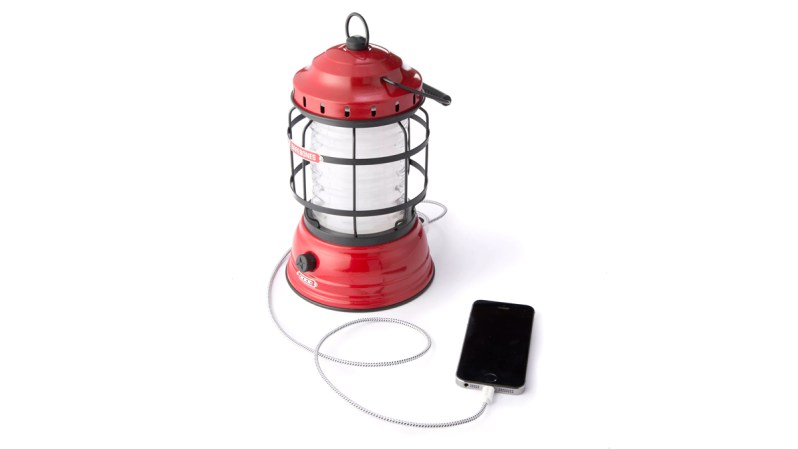
Gear4U Camp Cookware Set Buy Now
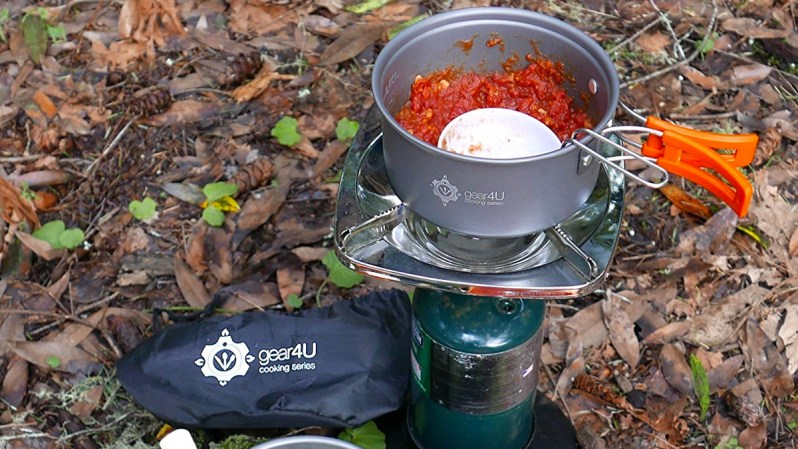
Primus Onja Two-Burner Stove $98
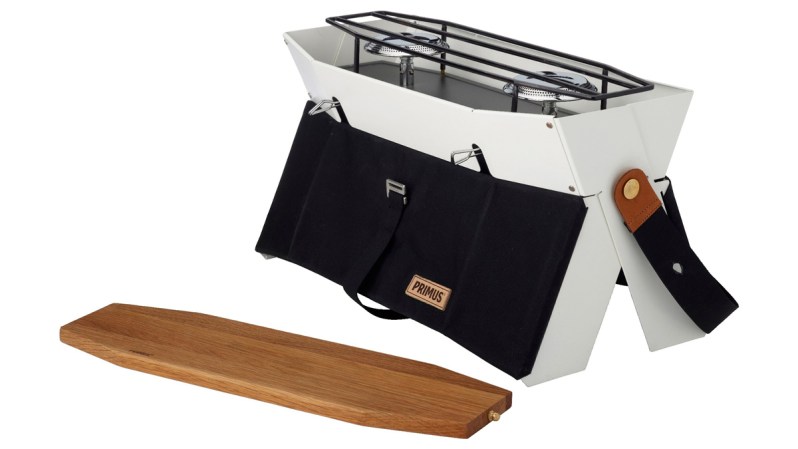
Queen Size Camping Air Mattress Buy Now
